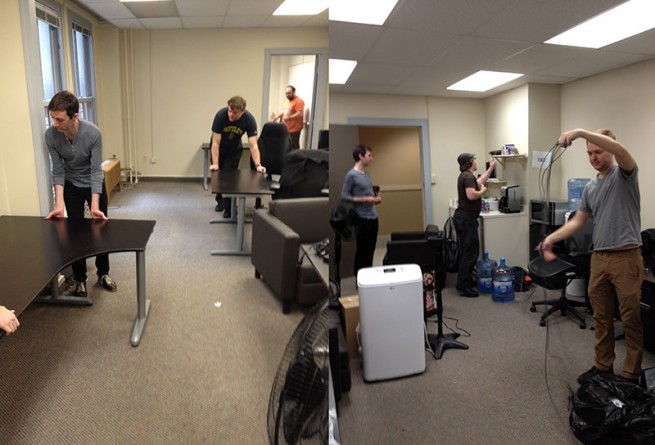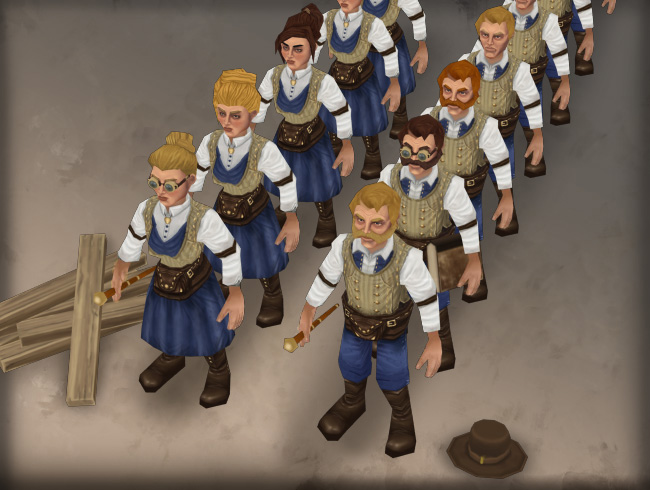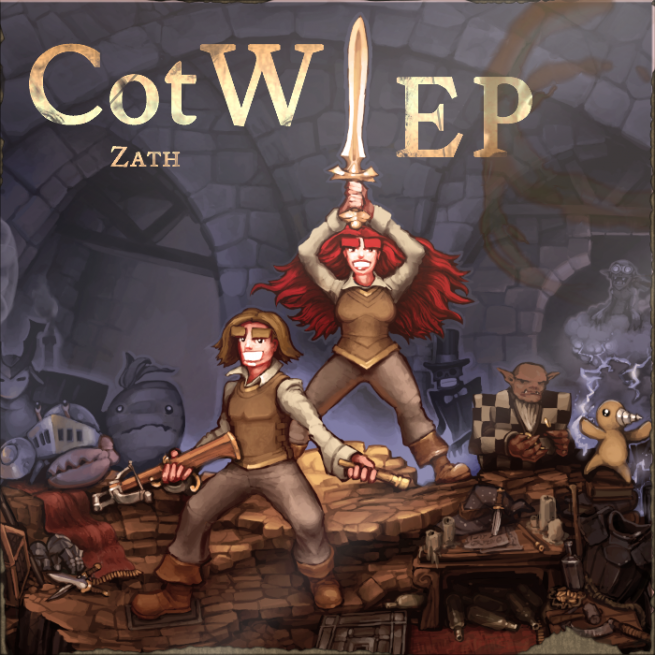You’ve all read Boatmurdered, right?
A “Let’s Play” (or LP) is a narrative write-up of a game playing experience, preferably entertaining. Fans of Dwarf Fortress do this a lot – they’ll either play a game themselves and write up the events that occur into story form, or they’ll pass it between forums members with each writing a chapter for their part of the game.
This is not a recent phenomenon or one limited to the DF community. Or the Something Awful community, for that matter. Over in Paradox land, players of their historical strategy games have written up “After Action Reports”, aka AARs, in a tradition that goes back to tabletop wargaming. These probably started out as purely functional reports of the course of a game, but over time they’ve grown into elaborate alternate histories with characters and drama that don’t exist in the mechanics of the game ending up somewhere between a walk-through and fan fiction.
These stories give a look into gamers’ experience of the games they play – it’s not just what happens on screen; there’s all kinds of imagination at work especially in games that leave room for speculation, implication, and creativity. So sandbox games, building games, simulations, and even especially open-ended RPGs are perfect environment for this sort of thing. (I’ve even seen some Quake fanfic that … wasn’t terrible.) Well, it’s only natural for people to write down the stories they make & experience.
With Clockwork Empires we want to make a game that gives players just that kind of creative space and experience. And of course as game-players and creative people ourselves, these stories are just the sort of thing we love to enjoy & create.
So: could not the principle be applied in reverse? Sure, any game designer does this to some degree eg. “I want to make a game where you’re a hero and go on adventures and find a magic sword and fight monsters!” can be turned into a game simply enough; from story/theme to mechanics. Dwarf Fortress does this quite explicitly as a conscious practice; Zach Adams writes short stories that take place in a fantasy world then he and Tarn sit down and work out what game mechanics might support that story taking place.
We’ve done this too, in a few forms. On at least one occasion we sat down with a grid-mat and some dry erase pens and played out what amounted to a free-form tabletop roleplaying game of Clockwork Empires: It started with an expedition meaning to build a bridge, some wood getting chopped down, then spiraled directly out of control as a Mysterious Statue was discovered, found to spread Madness, dumped in a lake to contain it, then water from the lake used to create ale, then everyone was driven Quite Mad.
There’s a proper write-up of that one somewhere, but for now I’d like to share with you all a story of imagined Clockwork Empires gameplay I wrote while in a powerless cheap hotel in the middle of British Columbia. Join me, friends, for:
The Tale Of The Founding of New Sogwood On The Sour Coast
{ read this article }







